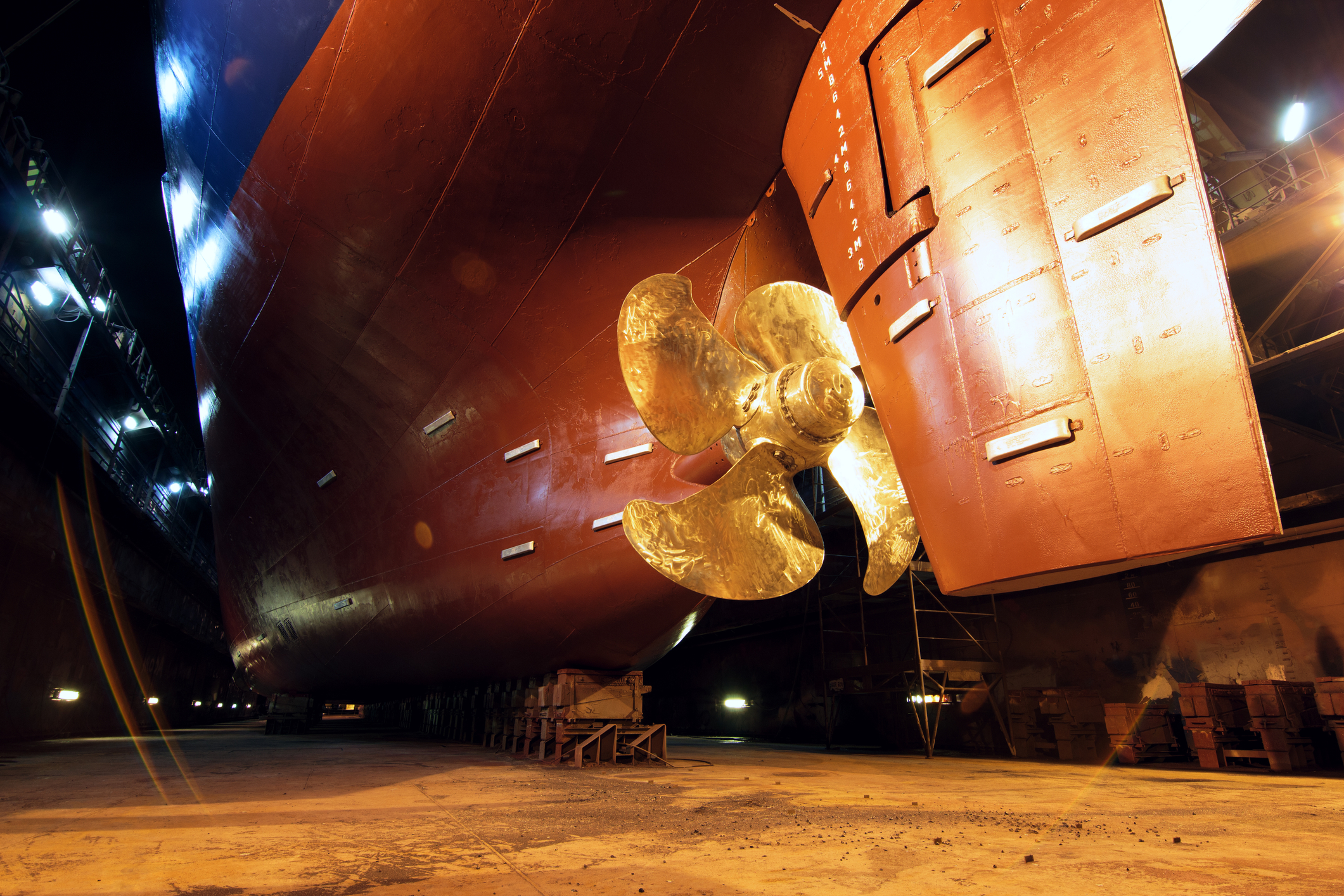New research shows propulsion energy saving devices could deliver up to 10% fuel reduction while fewer than 2% of global fleet currently equipped. Demand for advanced propeller retrofits and energy saving devices (ESDs) has nearly quadrupled since 2020 as shipping owners and operators look to enhance energy efficiency to meet tightening emissions regulations.
However, according to a new Lloyd’s Register (LR) energy saving devices retrofit report Applying advanced propeller designs to ships, while high-efficiency propellers can deliver fuel savings of between 3-10%, and popular devices such as rudder bulbs can achieve 3.5% reductions, only 1.74% of the global fleet currently features the rudder bulb, the most popular device, from newbuild.
The orderbook tells a different story, with 8.42% of vessels on order choosing to install ESDs. The proportion of vessels on the orderbook fitted with a particular device is between two and six times higher than for those vessels already in service.
The report identifies bulk carriers, tankers and container ships as prime candidates for retrofitting, with these vessel segments showing the highest adoption rates due to their substantial fuel consumption profiles.
Notably, 16.87% of bulk carriers on order will feature rudder bulbs compared to just 6.74% of the existing fleet. In the container ship segment, rudder bulbs, stator fins, and boss cap fins are each present on at least 10% of vessels (existing fleet and orderbook).
In total, more than 10,000 vessels in the existing fleet and orderbook feature some form of propulsion energy-saving technology from newbuild. Added to this are at least a further 1,400 vessels that have had ESDs retrofitted since 2020.
The number of installations on existing vessels is growing, showing nearly four-fold growth since 2020, with close to 1,500 vessels contracted to be fitted with devices by the end of 2024.
The report also reveals a trend towards retrofitting newer vessels, with more than one-third of 2024 retrofits performed on ships less than ten years old, compared to just 16% in 2020.
By 2024, 12% of retrofits were performed on vessels built less than six years ago, a category that saw no retrofits in 2020.
Regulatory pressure is identified as the primary catalyst driving this surge in retrofits. The IMO’s Carbon Intensity Indicator (CII) and GHG strategy, combined with European regulations including the EU Emissions Trading System and FuelEU Maritime, directly link vessel performance to financial penalties.
LR’s analysis projects that a 20% fuel consumption reduction could save an aframax tanker operator nearly US$3m over ten years through reduced exposure to European regulations alone.
Despite the benefits, the research highlights challenges in retrofit selection and implementation.
Many operators struggle with technology selection due to potential interactions between different devices, unverified performance claims, and incomplete understanding of vessel-specific requirements.
The report notes that some highly promising technologies fail during full-scale validation despite excellent model test results.
“Biofouling is also identified as a threat to retrofit performance, with marine growth on propeller blades and ESDs potentially negating efficiency gains through increased surface roughness and altered hydrodynamic profiles,” LR said in its press release on June 4.
To address these challenges, LR recommends a five-step approach encompassing comprehensive vessel assessment, hydrodynamic analysis using computational fluid dynamics, careful consideration of technical factors including torsional vibration and underwater radiated noise, robust performance monitoring, and long-term maintenance planning.
Claudene Sharp-Patel, global technical director at Lloyd’s Register, said: “Our research reveals that propeller and ESD retrofits offer ship operators a proven pathway to significant fuel savings, extended regulatory compliance, and meaningful emissions reductions.
“However, successful propeller and ESD retrofits require far more than simply bolting on additional equipment. They demand sophisticated analysis, careful integration with existing systems, and ongoing performance management. Our role extends throughout the entire retrofit journey, from initial assessment through long-term optimisation.”



